Communication Skills for Businesses: Models, Methods and Effectiveness
VerifiedAdded on 2023/02/10
|17
|806
|44
Report
AI Summary
This report provides a comprehensive overview of communication skills essential for businesses. It explores various communication models, including Aristotle's persuasion model, Newcomb's interpersonal model, and Hoveland's persuasion model, alongside different communication systems like email and fax. The report delves into communication methods such as verbal, written, oral, and non-verbal communication, as well as visual communication, highlighting the benefits of both formal and informal communication processes. Furthermore, it discusses communication technologies like teleconferencing and emphasizes principles of effective communication, such as clarity. The report also addresses common barriers to effective communication, such as the use of jargon, concluding that effective communication is crucial for achieving organizational goals and objectives. The report is well-structured, covering all aspects of business communication.
1 out of 17
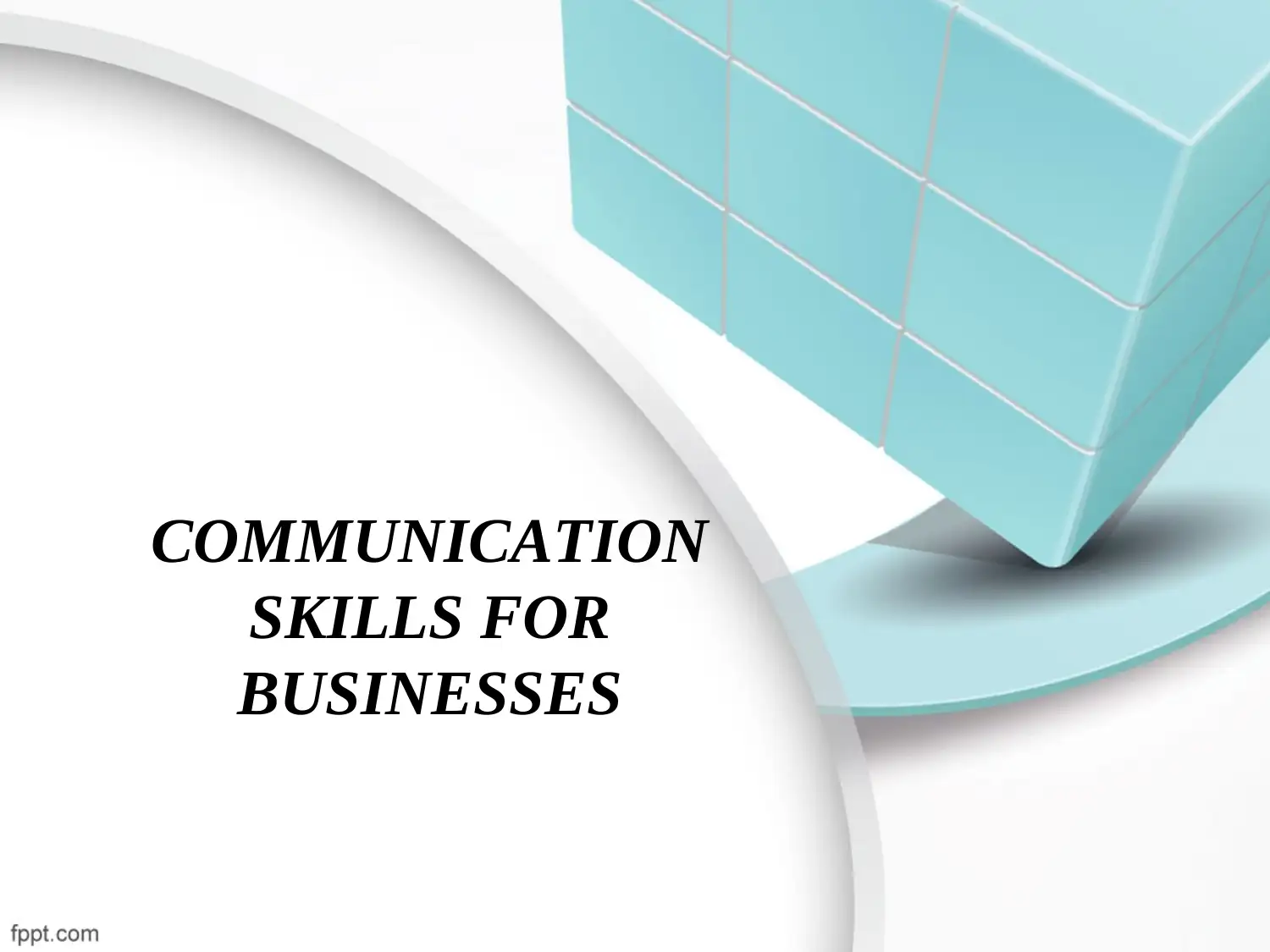
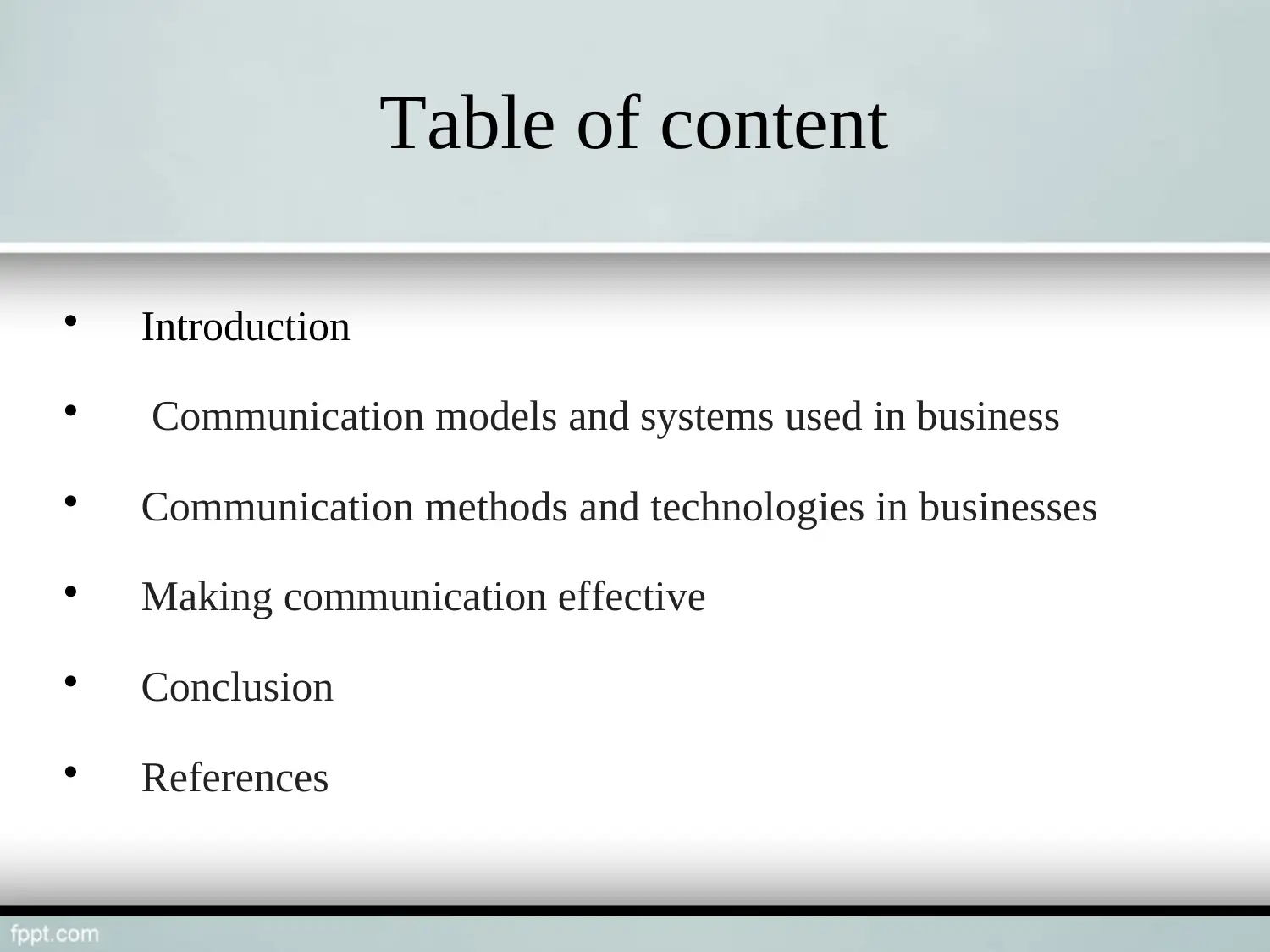
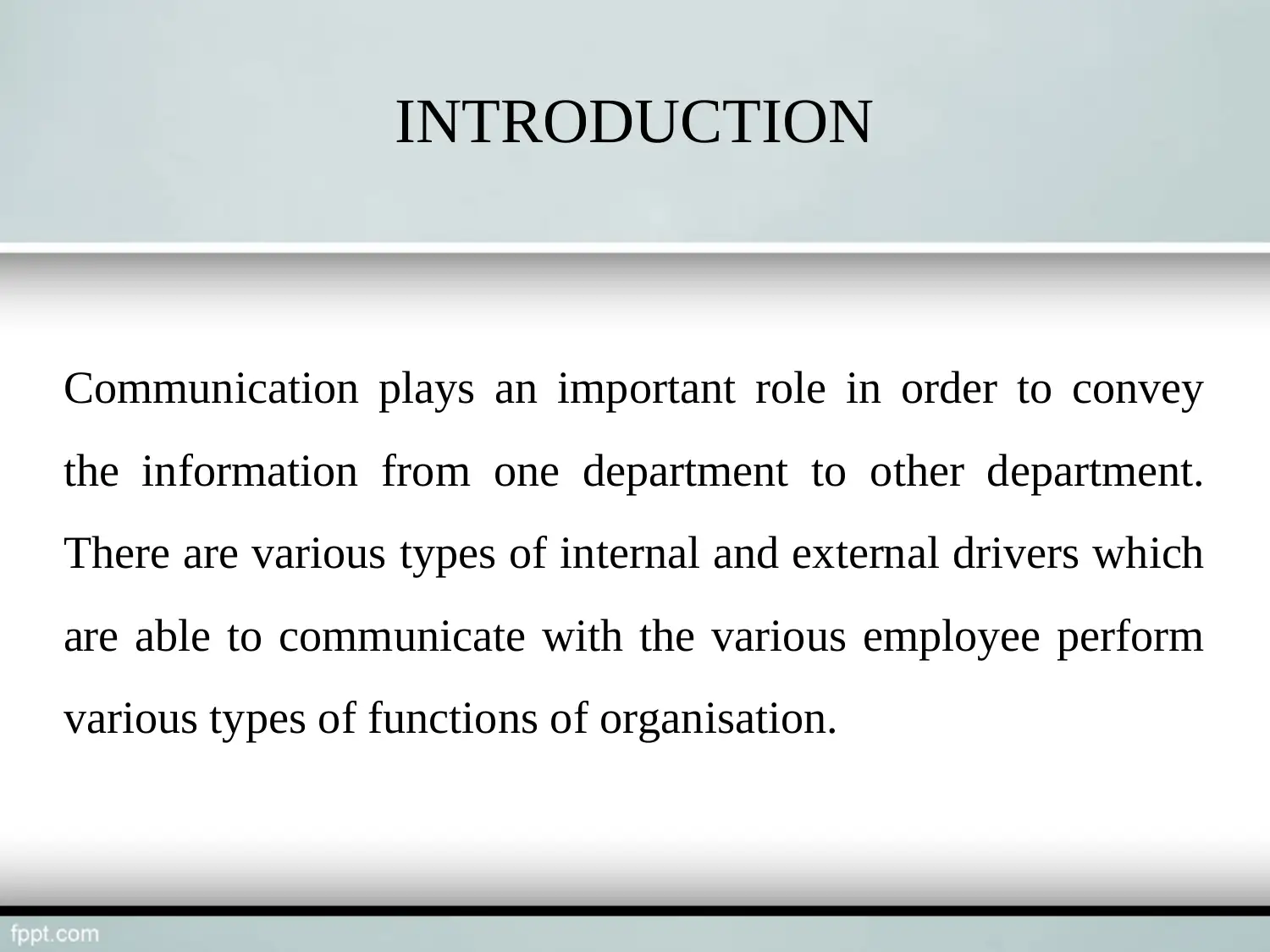

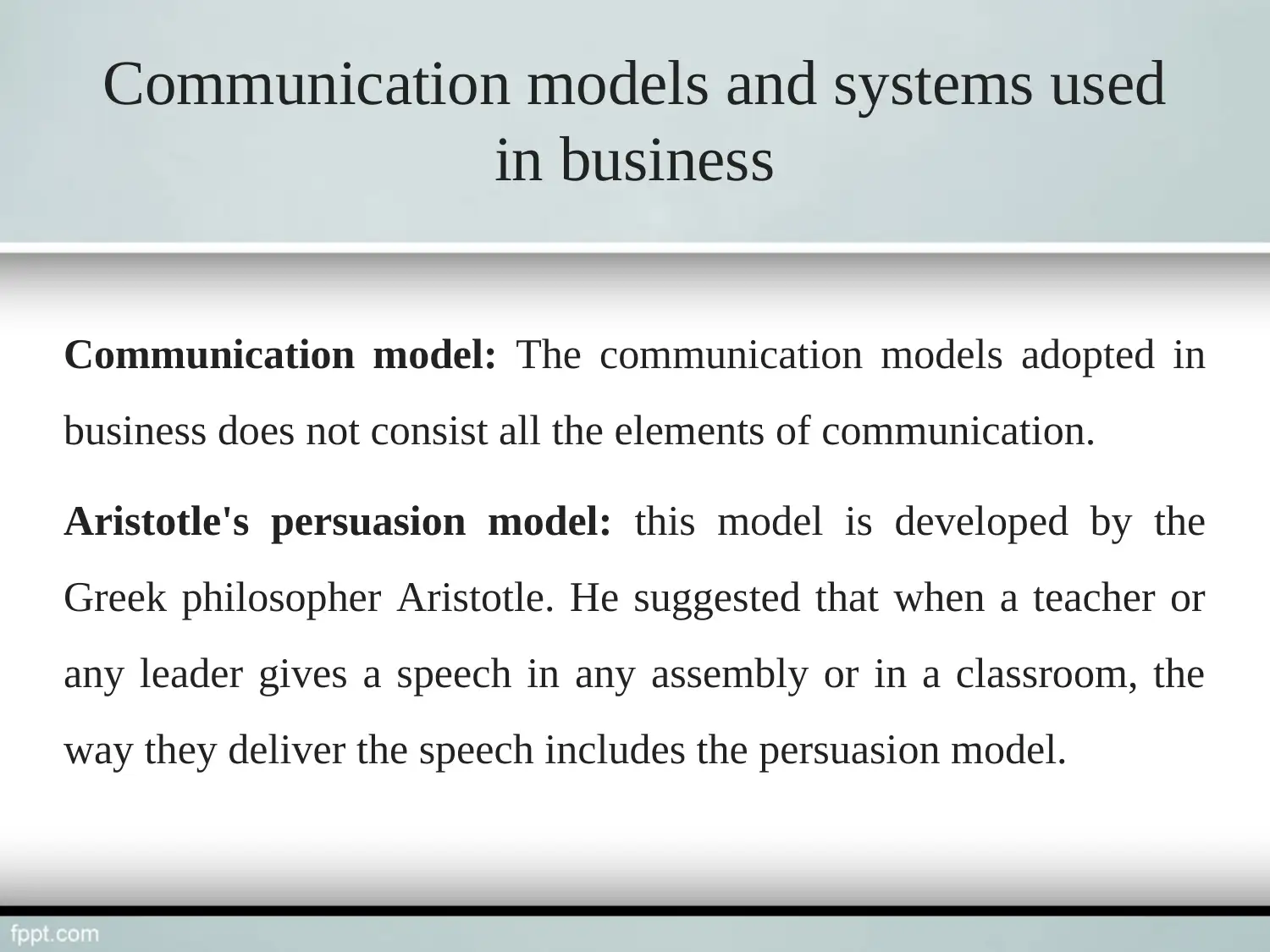
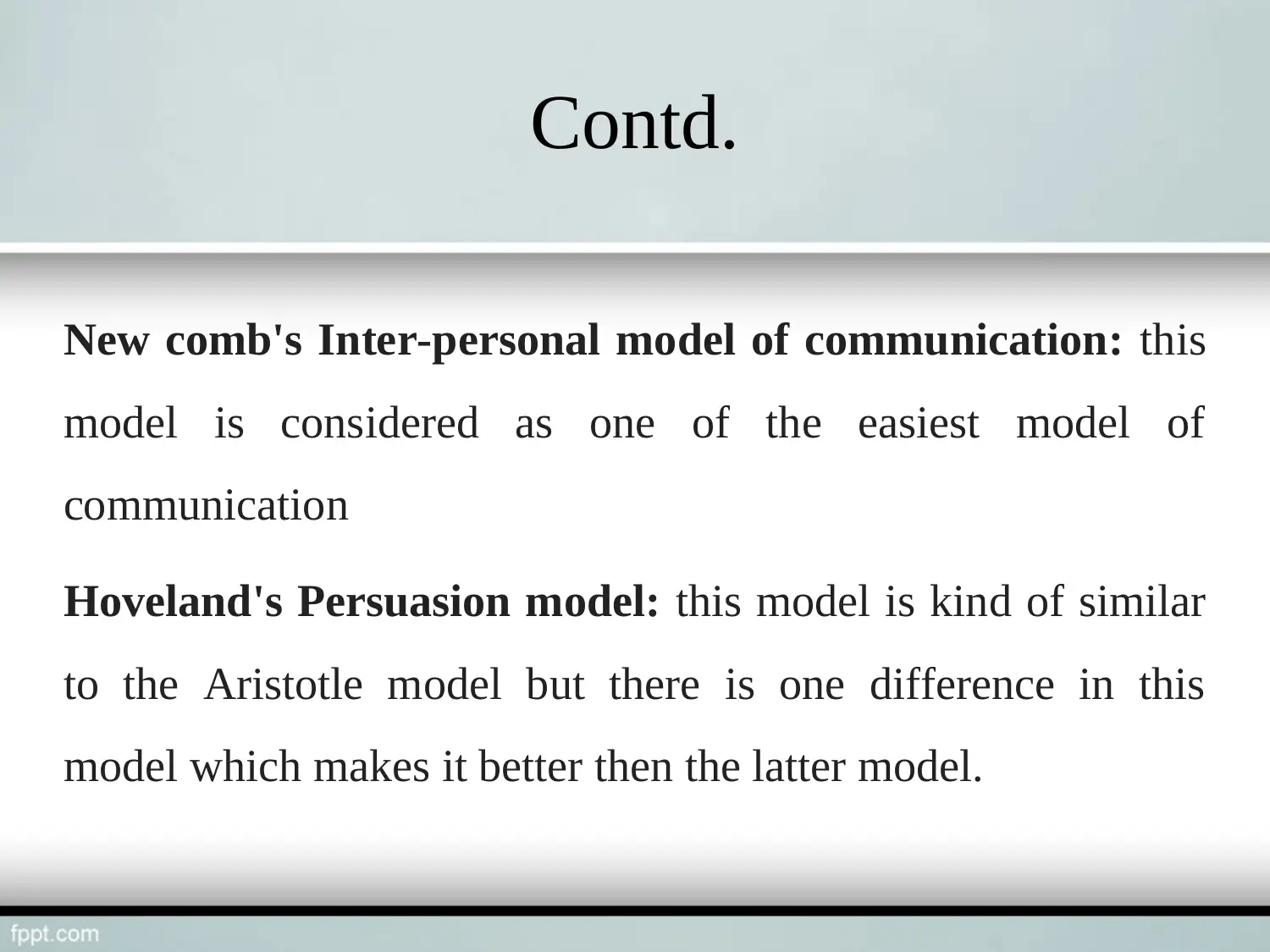
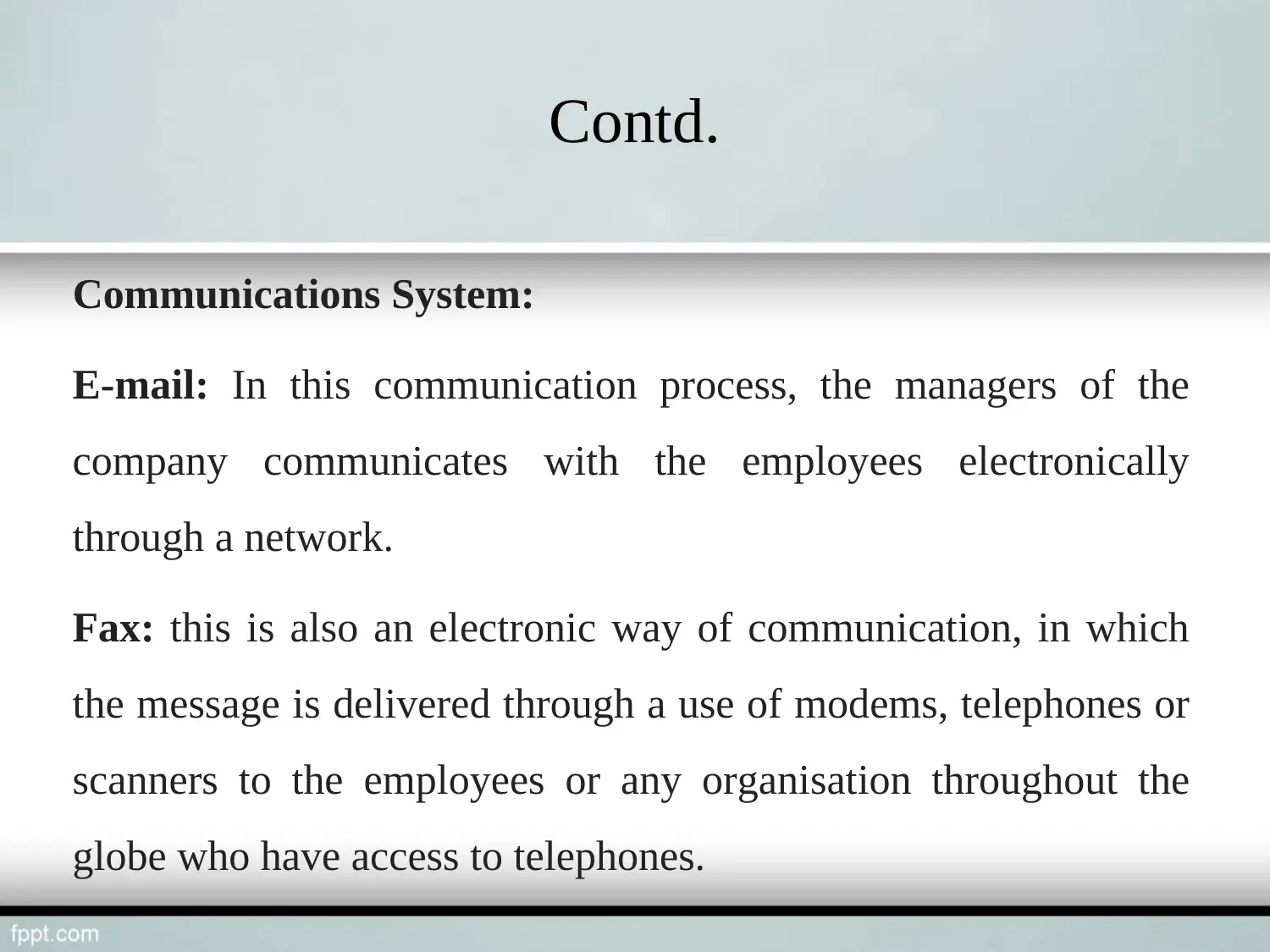
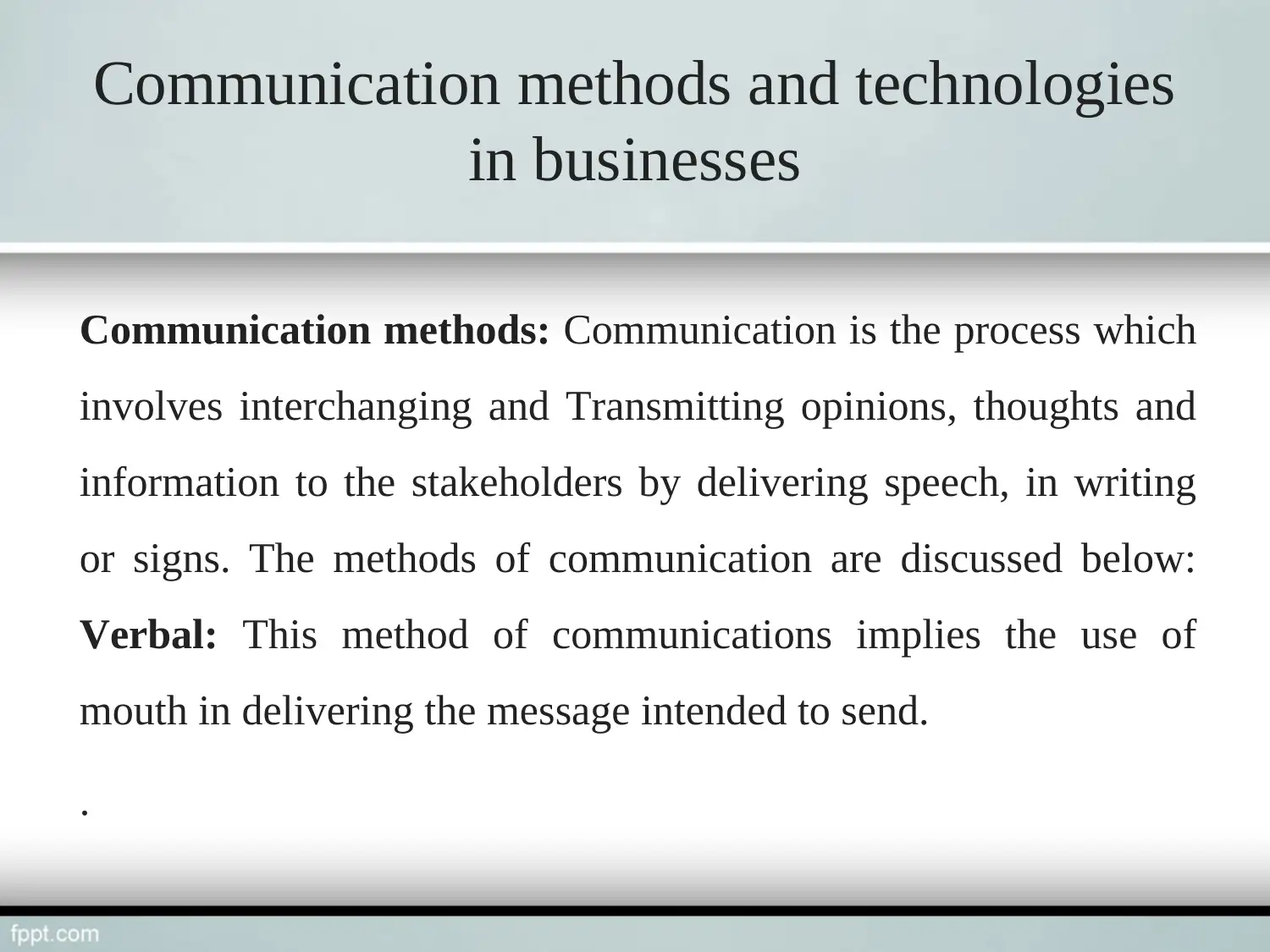
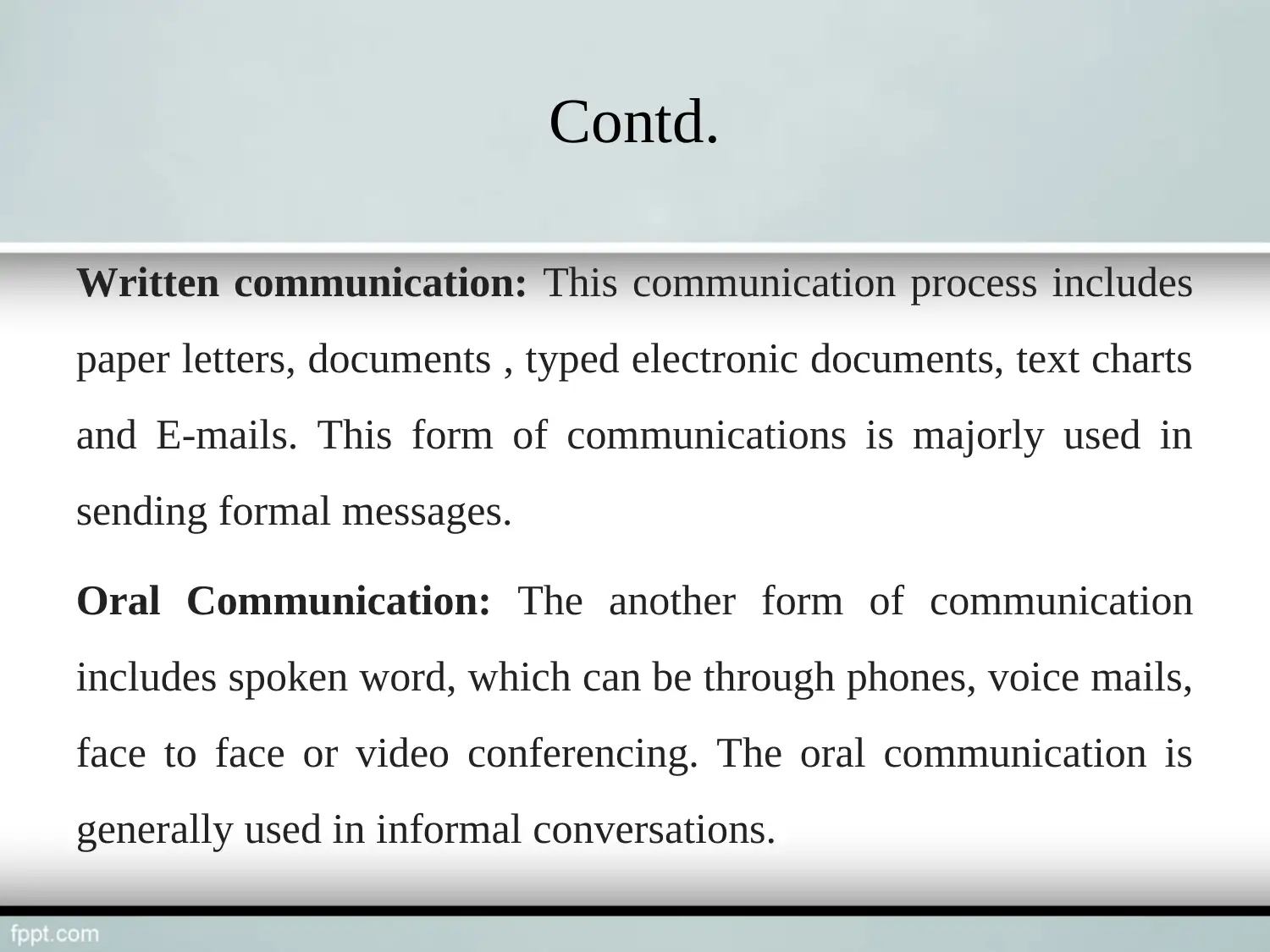
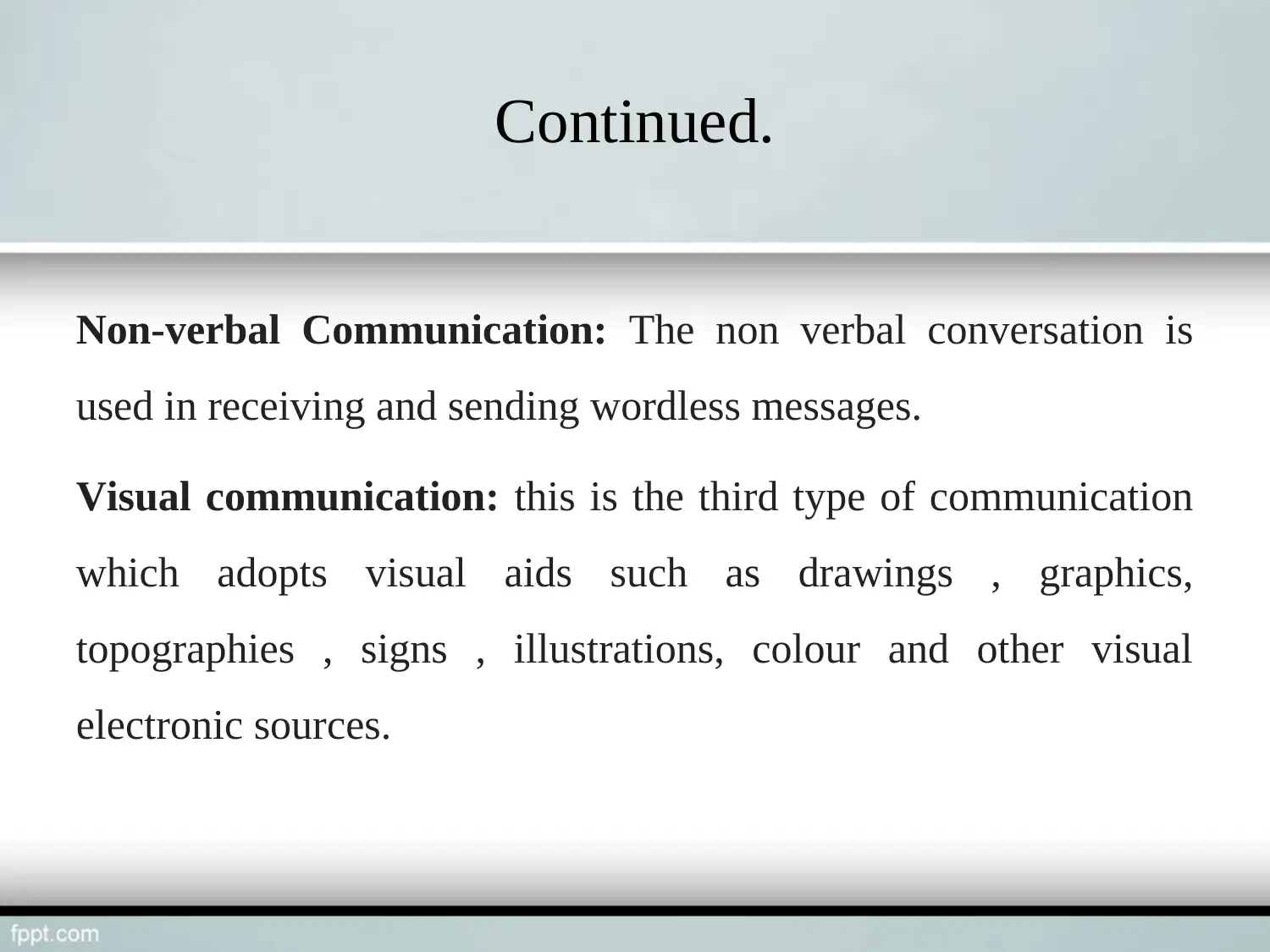
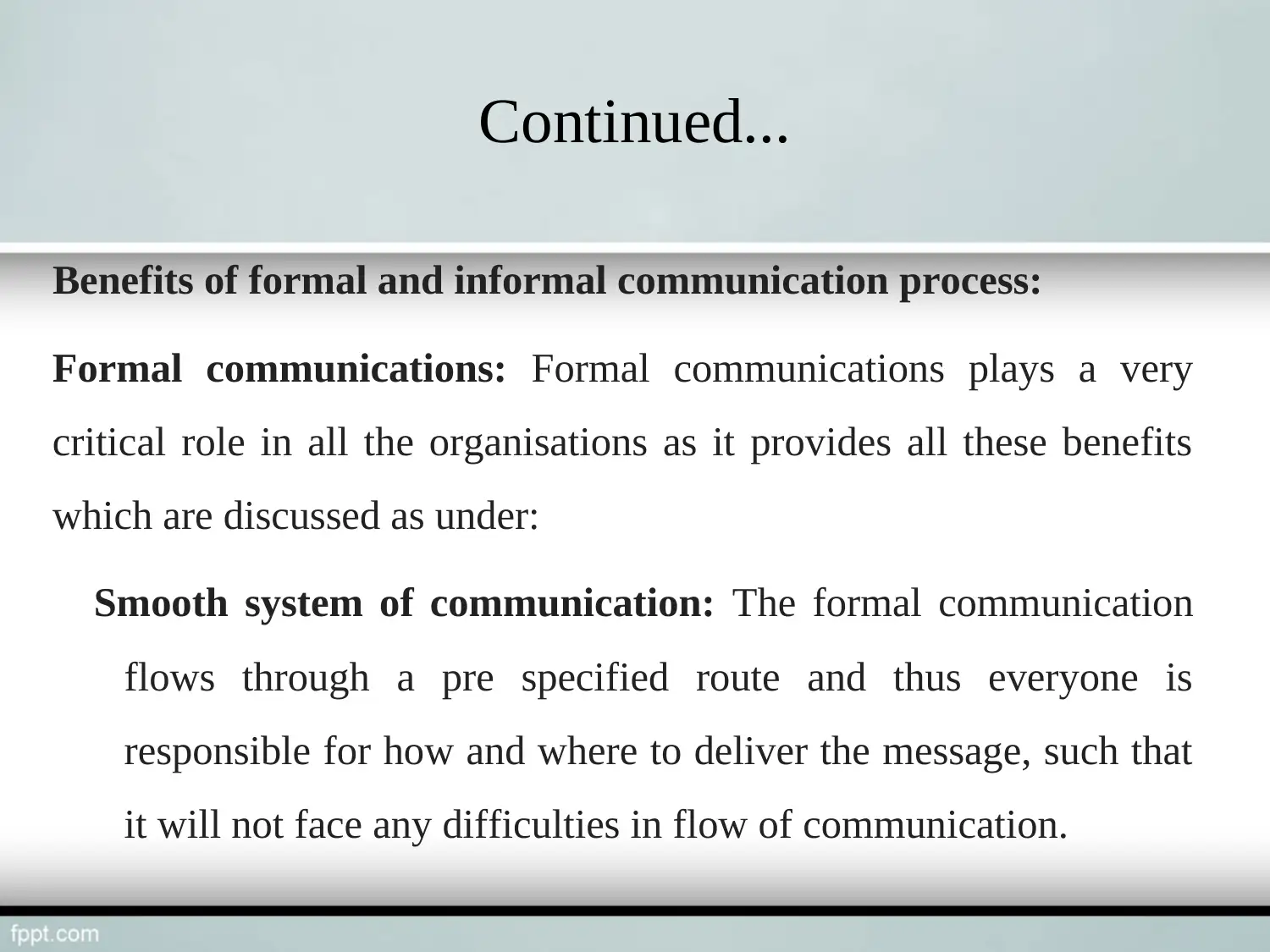
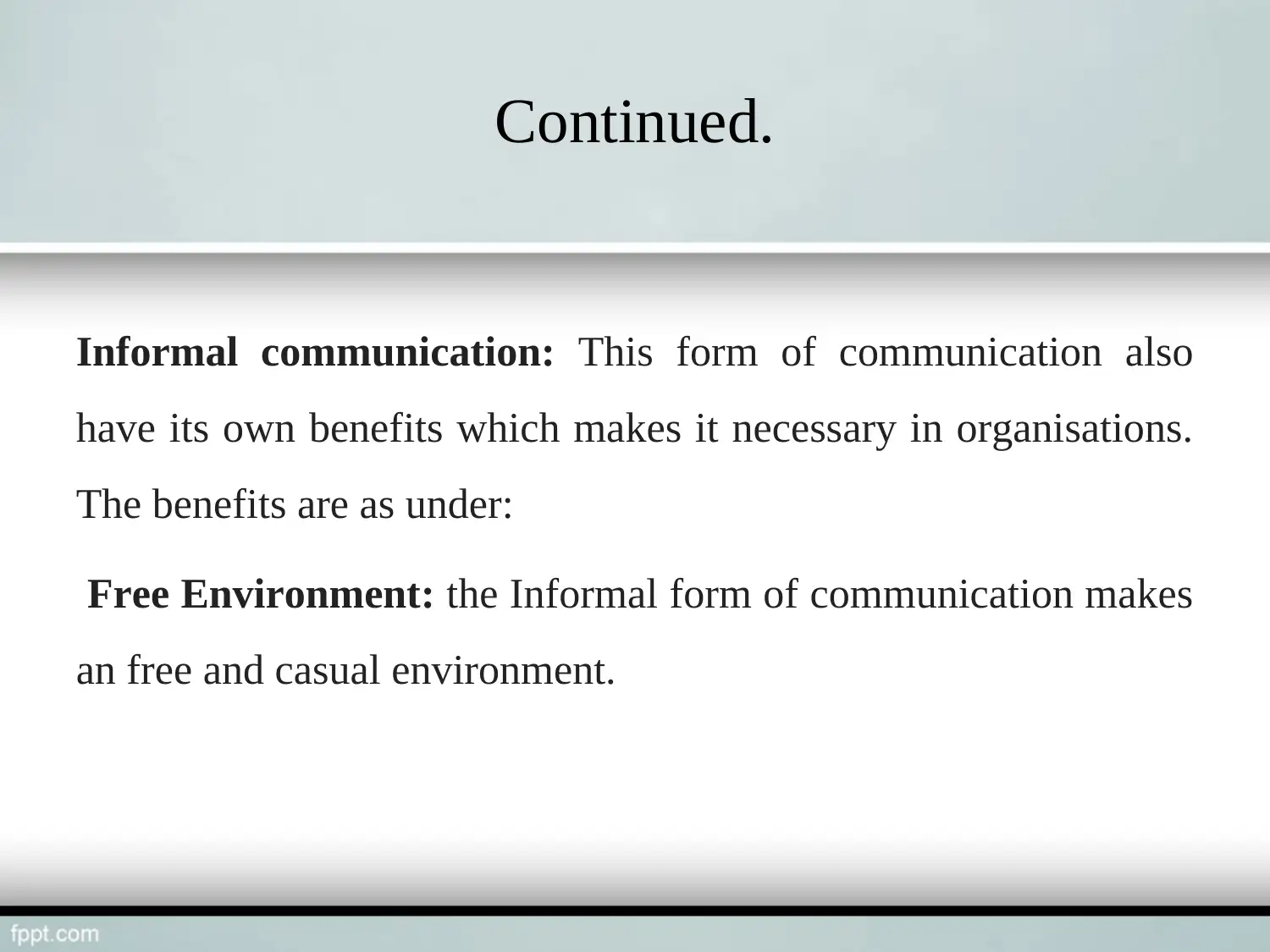
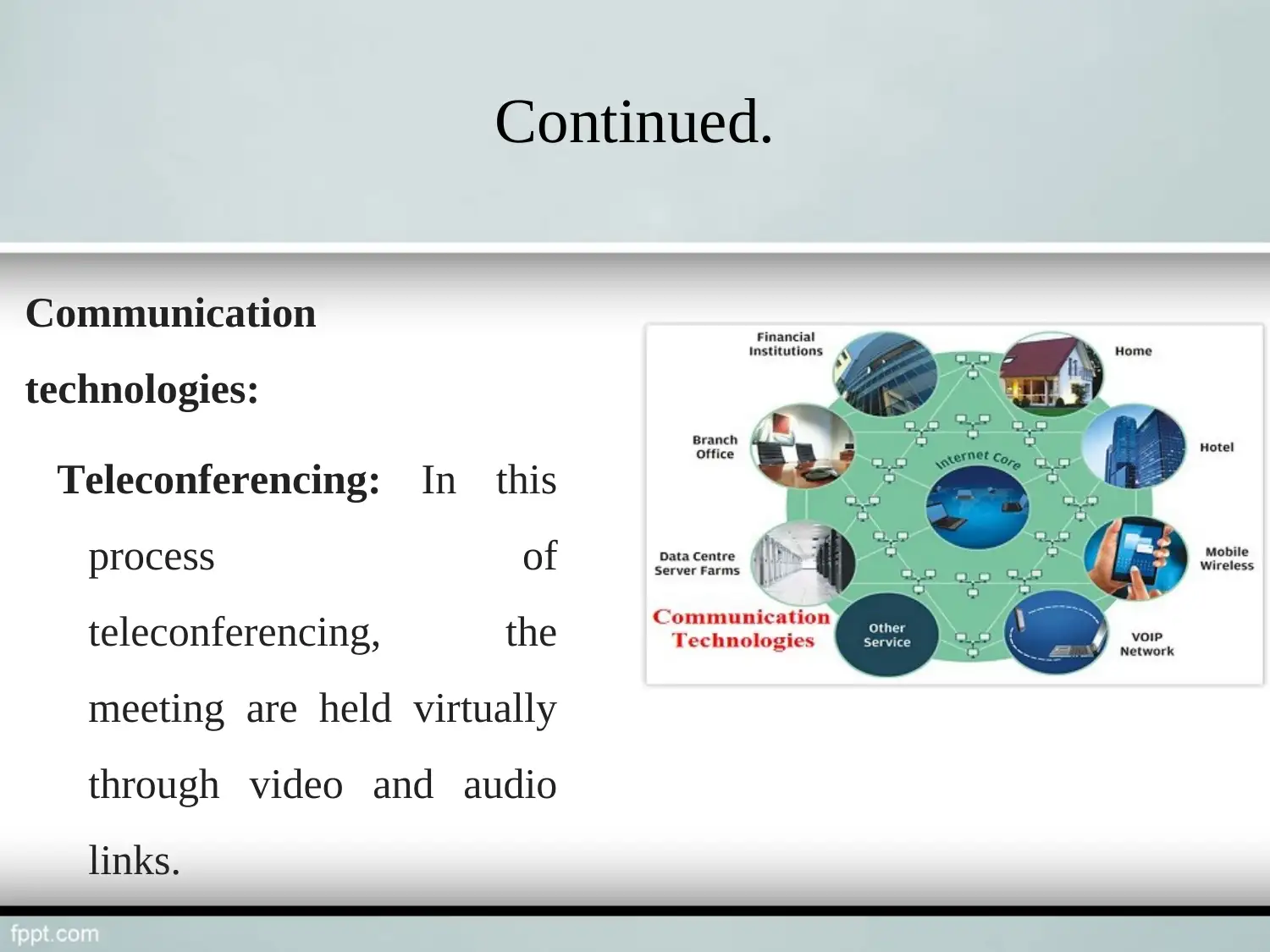






![[object Object]](/_next/static/media/star-bottom.7253800d.svg)